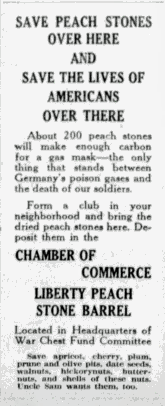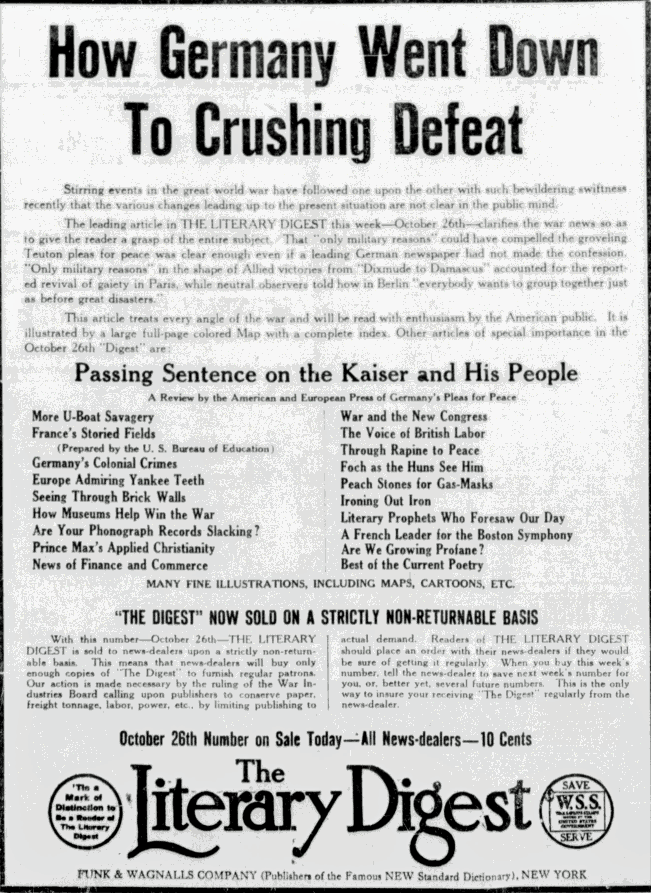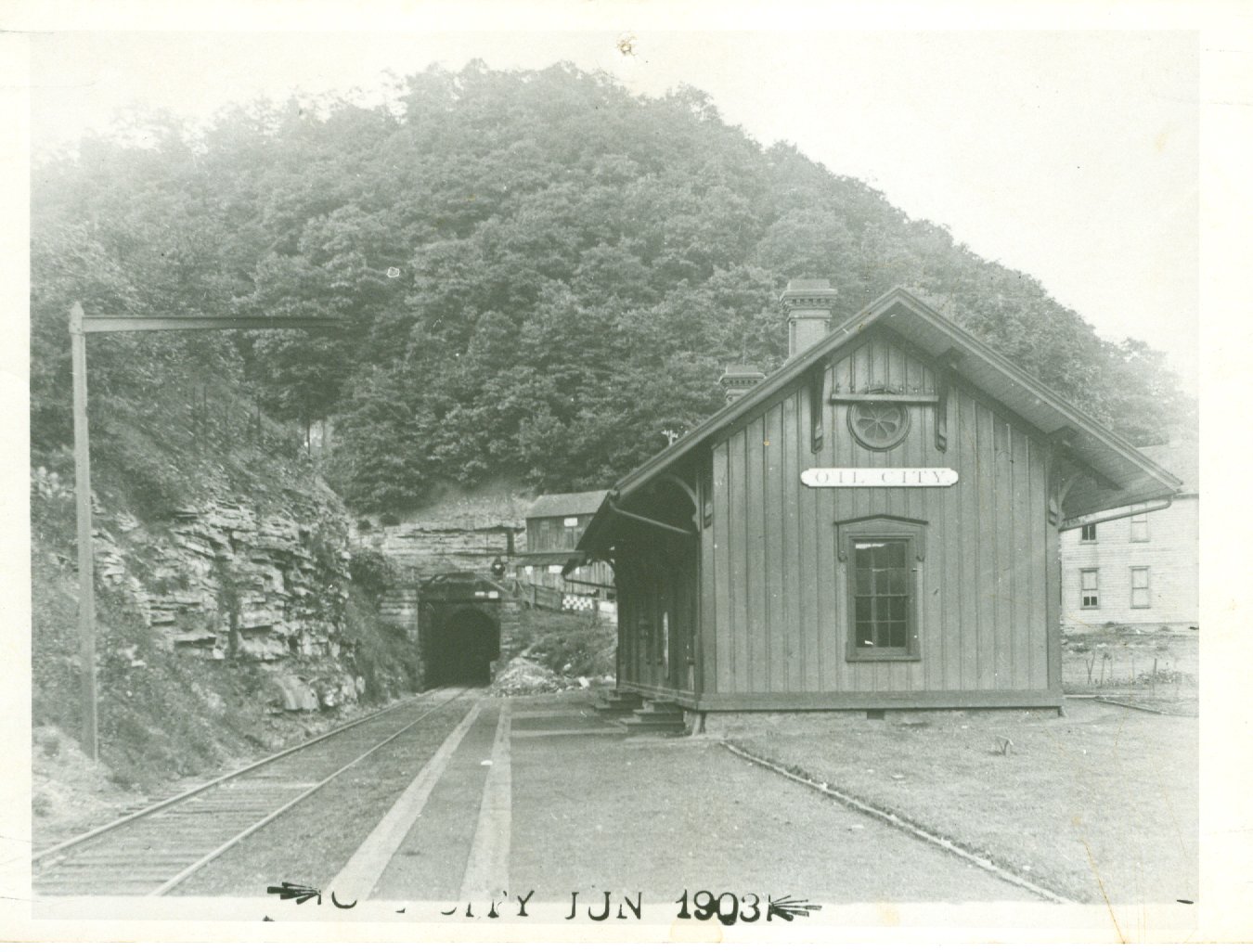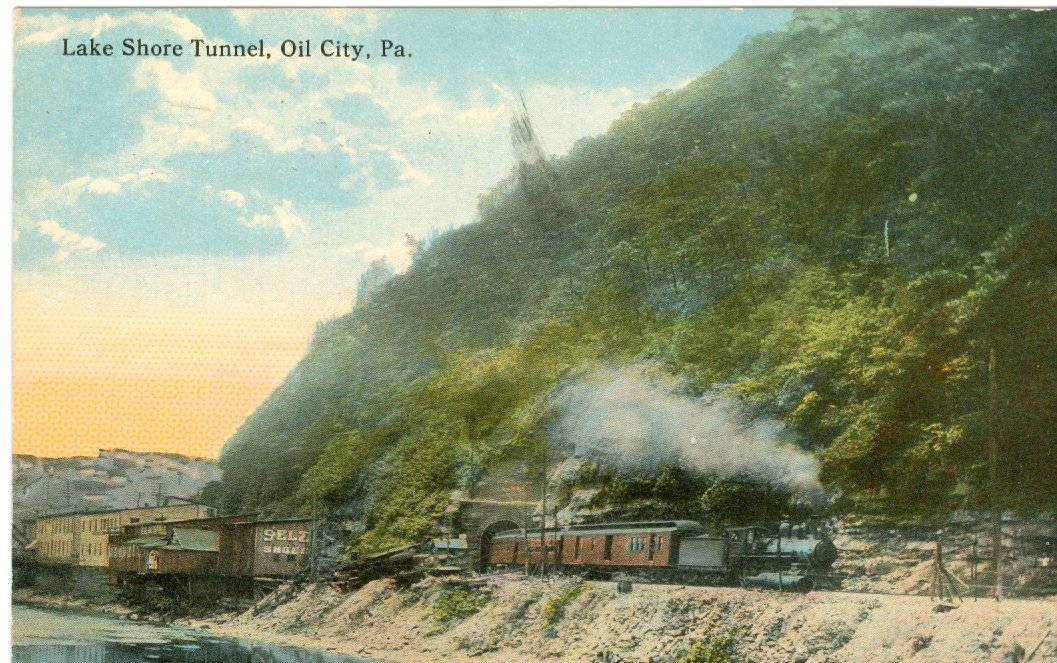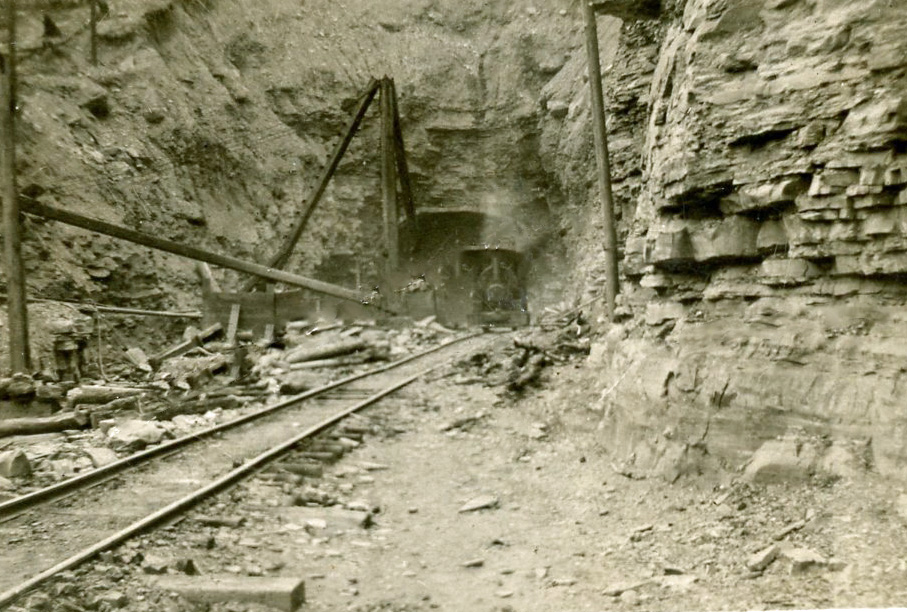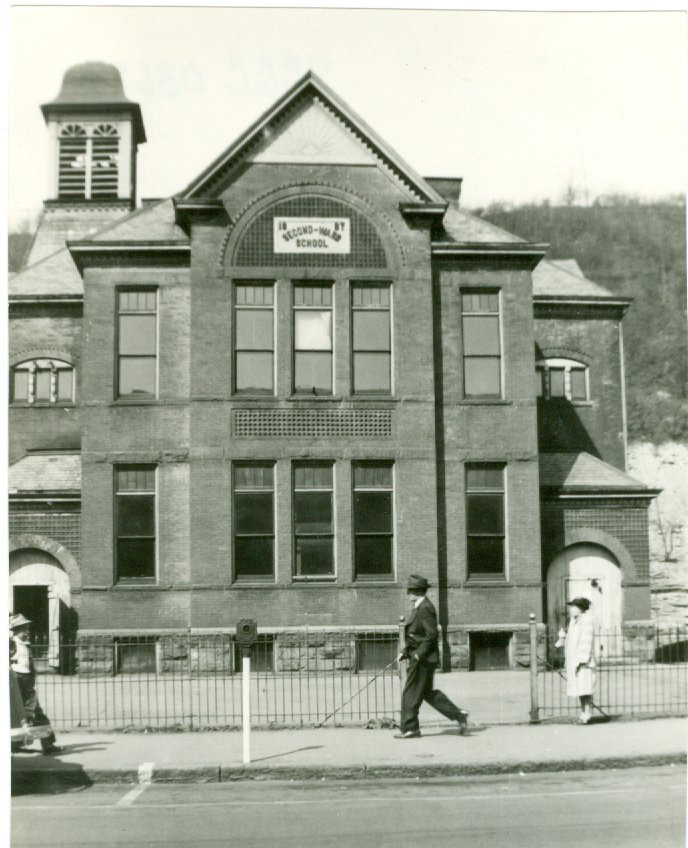Peaches & Parking Meters
- Judy Etzel
- June 10, 2022
- Hidden Heritage
- 3941
Oil City’s unique history can come out in bits and pieces.
The community can claim one-of-a-kinds, distinguished public servants, music accolades and a wide assortment of the ‘Did You Know?’ categories.
Here’s a quick sampling of our ‘Did You Know?’ heritage:
Did You Know? The corner of Elm and Center streets in Oil City’s North Side business district has been the site of a dry goods/home furnishing store for more than a century. The original business establishment there was called the Petroleum Dry Goods Store. Later, it was called Smart and Silberberg.
The store windows were known to feature fashionable clothing and accessories for the discriminating buyer. In 1938 the new buyers, E.J. Collier and F.A. Armstrong, changed the name to Armstrong-Collier department store. In 1961, JCPenney leased the building until the retailer moved to the new Cranberry Mall. The Ames family then purchased the property and opened the Grandview Estates furniture store. The property was purchased earlier in 2021 by a real estate developer from New Jersey.
Did You Know? Community efforts to support soldiers, sailors and Marines during times of conflict often include the collection of materials ranging from food items to toiletries, books, bandages and more.
One unusual collection involved seeds and nuts. In Sept. 1918, local newspapers were asked to publicize the need for peach pits, walnuts, butternuts and hickory nuts. About 200 peach pits would make enough carbon for one gas mask, an item that The Blizzard newspaper described as “the only thing that stands between Germany’s poison gases and the death of our soldiers.”
Collection barrels were placed at the area Chamber of Commerce offices. Within a week, Oil City School Superintendent J.J. Palmer announced Oil City students had already saved 20 bushels. The owner of Rose’s Store in Rouseville also reported there were nearly full barrels at that location, too.
In World War II, a collection of a different sort was held. Students collected milkweed pods and turned them in to school officials for 15-cents a bag. The filaments in the seed pods were used to make life jackets for service members. Two bags of the pod would yield enough floss for one life jacket.
Did You Know? In 1871, a large number of Venango County residents banded together to protest any plan to take part of the county and form a new county called Bagley County.
There was a bill being considered in the Pennsylvania House and Senate to create a new county out of parts of Crawford, Warren and Venango counties.
A petition signed by more than 150 male residents of the county argued that a new county would “interfere with the present boundaries and symmetrical shape of said county of Venango and materially reduce it in size.”
That land reduction, insisted the petitioners, would “take almost all of the valuable oil territory and leave the poorer portion … which would be too small to discharge the heavy debt and increasing taxation now upon her.”
Overall, it would result in high taxes for citizens in both the existing counties and the newly created county while at the same time cutting into revenue.
The state bill failed to gain approval.
Did You Know? The Aug. 18, 1941 edition of Life magazine featured an area man on its front cover. Sgt. Arnold Frazer, a native of East Brady, was serving in the U.S. Marine Corps at the time the photograph was taken.
The 22-year-old had served five years in the Marine Corps and was stationed in Bermuda to help guard the U.S. Army and Navy base under construction. He had served previously in China, San Diego and Quantico.
A newspaper article about his Life feature noted, “He is a tough, deep-voiced non-com who helps preserve the good reputation that the U.S. Forces have established in Bermuda by acting as MP on Saturday nights in Hamilton (Bermuda).”
Did You Know? Oil City claimed fame many years ago for boasting the longest tunnel in the U.S. ever bored through solid rock.
The 909-foot-long tunnel, finished in 1870, was bored through the base of Hogback Hill just off Oil City’s Main Street. It was built on behalf of the Jamestown and Franklin Railroad and later bought by the Lake Shore and Michigan Southern Railroad.
An extensive redevelopment project along Main Street in the 1960s resulted in the closure of the south end of the tunnel. Only the archway to the upper entrance is visible from the bypass.
Did You Know? U.S. Route 322, a roadway that travels straight across Venango County, was known as the Lakes-to-Sea Highway. It was a two-lane road that reached from Erie to Atlantic City, NJ, via a route that traveled through Harrisburg and Philadelphia.
The highway was put together by linking several smaller roadways in 1924. Route 322 was one of the most heavily traveled and recognizable highways in the U.S. It was known as the major roadway in the East until the advent of the Interstate Highway System in the late 1950s.
Did You Know? Oil City was among the earliest of U.S. cities to have parking meters. The city took delivery of 300 parking meters in 1937, a time when meter manufacturing was in its infancy. The 5-cents-per-hour meters were in place in only a few U.S. cities with Oklahoma City, OK, claiming credit for the first commercial parking meters just 18 months earlier.
Written by Judy Etzel with research by Kay Dawson and design by Natalie Cubbon.
HIDDEN HERITAGE IS SPONSORED BY:
Oil Region Alliance
Gates & Burns Realty
Support This Project
Donations to the library are appreciated to help offset printing costs & make this project possible! Want to become a sponsor? Email us at promotions@oilregionlibraries.org to get started!
Make a Donation

